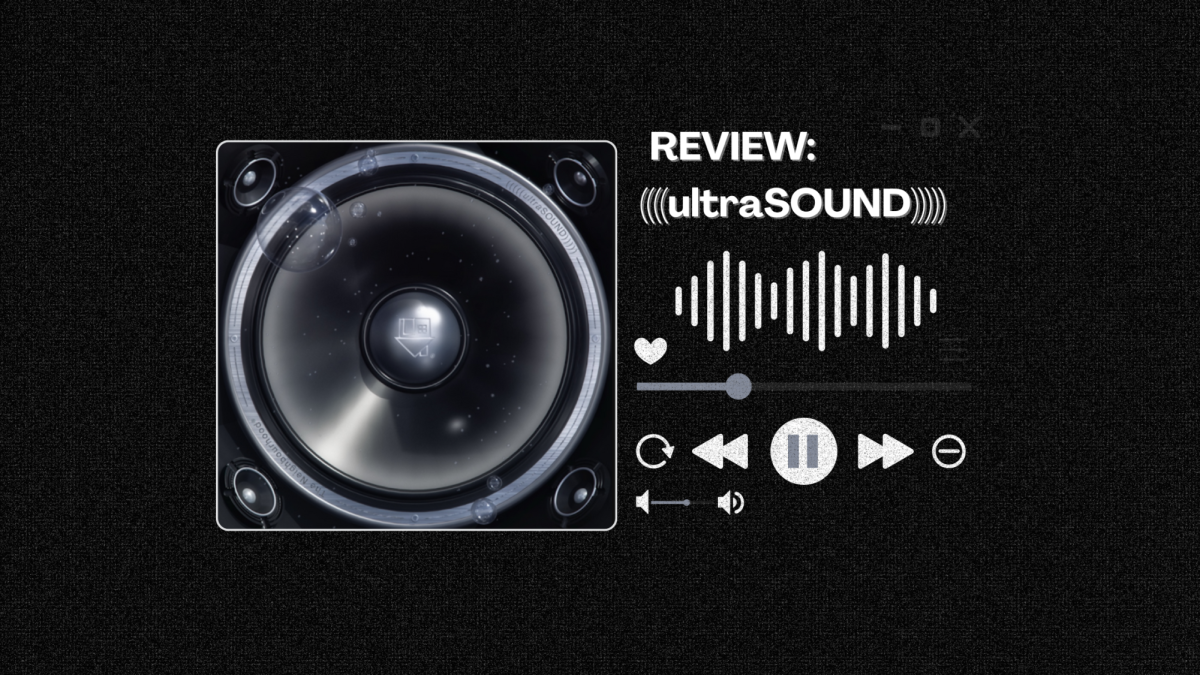Sac State admissions affected by recently impacted majors
March 7, 2012
Students should expect extra requirements when applying to one of the three impacted areas of study for fall 2012 at Sacramento State.
The Department of Psychology, Division of Criminal Justice and health science program now have impaction status. Those programs join the school of nursing, the College of Business Administration and two programs in the Department of Design at Sac State.
For fall 2012, an application process for students is required to enter impacted programs, said Fred Baldini, dean of health and human services said.
“In addition to the normal requirements students must meet to be admitted to Sac State, students interested in these impacted programs must meet additional requirements,” Baldini said. “They might include a minimum GPA, completed prerequisite or pre-major courses and minimum grades in these courses.”
Although a number of courses and a minimum GPA are needed, not all qualifications are similar. Requirements such an overall GPA of 2.6 or higher, a completion of 45 units or more and four required lower division courses are now needed to enter the Division of Criminal Justice. The health science program now requires a GPA of 2.0 or higher and six necessary lower division courses.
Baldini said in order to keep up with the standards of the majors, it is now necessary to regulate the number of students in the programs.
“To maintain the quality of these programs, the ability to control the number of students entering the programs is needed,” Baldini said.
John Forrest, the chair of the department of design, said when the number of students in the major is too high for the amount of classes they offer, impaction helps create a balance.
“I think almost every case on campus when you’re looking at program level impaction, it is usually when demand outstrips your ability to offer the curriculum and have the student graduate in a timely manner,” Forrest said.
Before declaring impaction status in 2004, the Department of Design had trouble fulfilling supply and demand when it came to taking care of what design students needed to do their course work, Forrest said.
“We had upwards to 500 or 600 majors and at the time, two full-time faculty members. It prohibited people from graduating in a timely manner,” Forrest said. “It was just too high of a demand.”
Forrest said regulating the amount of students in the program allows them to get the upper division classes they need to finish the course work sooner.
“Once we were declared impacted, that allowed us to apply supplemental criteria that then created a situation which we had a set number of students going through upper division coursework and that sequences allowed people to graduate in a timely manner,” Forrest said.
Impaction benefits the students – it allows them to get the help they need in an accustomed setting, Forrest said.
“A side effect of impaction and the way we set it up is that the students in upper division are exposed to the full-time faculty as educators,” Forrest said. “There’s a stronger consistency in the offering of curriculum.”
Even though impaction gives students a well-rounded education, there is competition when it comes to applying for the program. Baldini said the more students apply to a certain program, the higher the competition.
“If the number of students interested in majoring in health science is larger than the department’s capacity, the process to get in is competitive,” Baldini said. “We anticipate that the demand for next year will exceed our capacity.”
Sac State senior kinesiology student Nga Duong has been affected by large class sizes in the kinesiology department. She said she knows many of her peers are not able to get the classes they need due to capacity, but hopes impaction will reduce the number of crowded classes.
“A lot of students in my major can’t even get into these classes,” Duong said. “There’s no point in accepting more students than they already have.”
Camille Anglo can be reached at news@statehornet.com.
































































































































